TABLE OF CONTENTS
Just like humans, marijuana plants need the right choice of diet to do their best. The right number of additives are needed to fulfill important vegetative functions. If even only one aspect is not right it can stunt growth and yields will soon suffer. Thankfully for cannabis cultivators, the plant is good at showing what it is lacking – if you learn to look proactively.
Nutrient deficiencies are usually evident if the leaves of a cannabis plant discolor and curl. There are also other possible common issues that may lead to your marijuana plants being unhappy. This guide dives into the variety of common marijuana deficiencies and how to correct them.
Watering
Under- and over-watering are two of the most common problems among practicing marijuana growers. In most cases, the damage can be undone. Watch your cannabis plants closely to check if their leaves are drooping or hanging. Other signs of underwatering include stunted growth.
Once you notice these signs on your weed plants, you know it’s time to water them more frequently. If your leaves are drooping, it’s best to water them immediately. As for overwatering, this will cause the leaves to curl downwards and they will be rigid and tight. Fix it quickly, or it may lead to root rot.
When overwatering occurs, you need to cut down on water drastically and immediately. Before watering, also check if the soil is dry enough to water. If not, you need to wait. Give an overwatered cannabis plant some time to dry out and then resume an improved watering schedule.
Get Your PH Right
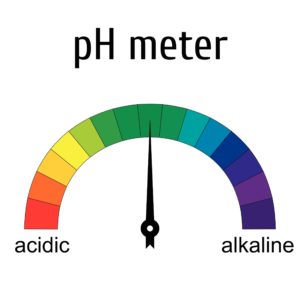
Even if you correctly mix your nutrients, your crop is doomed if your soil’s pH is off. Cannabis plants do best with a soil pH between 6.0–6.5. Test using a high quality soil pH meter. Anything higher or lower and their roots will suffer and have a hard time absorbing key nutrients which is called nutrient lockout.
Nutrients for Cannabis Plants
Another very common marijuana deficiency comes in the form of nutrient burn. Beginners and expert marijuana growers alike face this problem, as overfeeding is all too easy to do. When it comes to nutrients, the key is to take it easy and according to the recommended dosages.
If the edges of your leaves look burnt, they probably are. The burning shows at the tip of the leaves, so hold off on feeding nutrients for a week or two. This will allow the plant to flush out the high quantity of nutes.
Nitrogen Necessities
Nitrogen is a mobile macronutrient. Photsynthesis and plant proteins are both impacted greatly from Nitrogen. Nitrogen deficiency in cannabis plants shows itself in yellowing leaves, old leaves falling off, and subsequently, decreased yields of your marijuana plants.
Nitrogen Solutions
- Most organic fertilizers contain adequate nitrogen
- Apply compost tea (use a spray)
- Raise the amount of nitrogen in your compost grass clippings, pruning, and table scraps
Phosphorus Problems
As part of the macronutrient family, phosphorus is directed to the areas that require it greatly. Phosphorus deficiency shows as brown spots on leaves, and abnormally dry leaves.
Phosphorus Solutions
- Apply a high-phosphate organic fertilizer
- Add fish mix or worm casting to soil
- Change the location for the weed plants that is a warmer place. (25 degrees Celsius is ideal)
Potassium Pitfalls
As the third and last in the macronutrient family, potassium helps to regulate CO and the production of energy. If the tips of your leaves turn yellow and brownish and curl you may have a potassium deficiency.
Potassium Solutions
- Flush your nutrients and type of medium
- Add chicken manure right into the soil
- Use organic seaweed and apply it with a foliar spray method
Calcium Concerns
Calcium aids with binding plant cell walls and without enough of it, will lead to root tips and younger leaves forming abnormally.
Calcium Solutions
- Add bonemeal to your compost or soil
- Add eggshells to your compost
- Worm castings are great for providing many nutrients including Calcium
- Apply a calcium-magnesium supplement
- Add one teaspoon of hydrated lime to 4l of water and use the solution to water your
Magnesium Menace
Magnesium is crucial for photosynthesis.Deficiency in the magnesium department will cause your marijuana plant’s lower leaves to dry out and turn yellow. Prevention can be done by adding dolomitic limestone to the growing medium. Also be sure to use compost that’s rich in manure.
Magnesium Solutions
- Add 1–2 teaspoons of Epsom salts to 4l of water and apply
- Consider flushing the medium if pH not in correct range
Iron Issues
The immobile nutrient iron helps a cannabis plant’s metabolism. If your plant suffers from a lack of iron deficiency it will show young growth at the top turning a bright yellow color.
“
There are over 300,000 jobs in the cannabis industry. CTU trained me for one of them!

Makes $24.50 @ THC +
Iron Solutions
- Flush the medium and add iron supplements
- Incorporate seaweed in your feeding diet
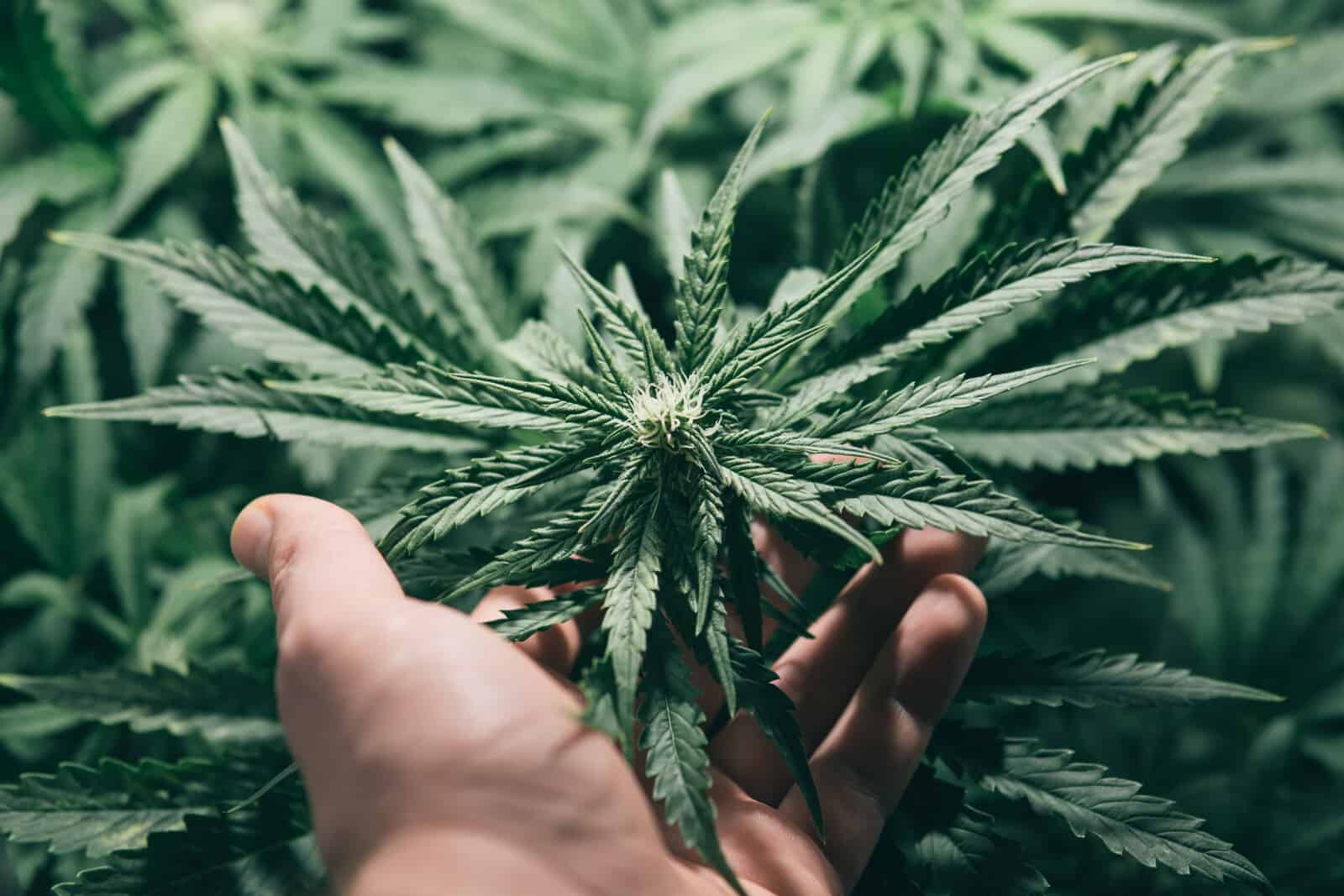
Conclusion
When it comes to the most common marijuana deficiencies and how to fix them, there is fine balance to achieve and maintain. Though it’s true that cannabis plants only need some of these nutrients in small amounts, a deficiency can cause big problems. Learn to see the signs and identify the deficiency, followed by prompt action. When problems arise, weed growers can ensure the health and high yield of their cannabis crops at all times.
Marijuana Grow School Online
To learn how to grow cannabis with easy step-by-step instruction enroll at the marijuana grow school today. Learn how to grow weed indoors and out and how to save money on your cannabis garden. Don't waste time and money on your marijuana grow! Learn how to grow marijuana from the experts and grow better weed as a result!

Luis Cordova
Luis Cordova is a distinguished author, and renowned expert in cannabis cultivation, who possesses a Master's degree in Plant Biotechnology and Pharmaceutical Science. As a valued contributor to highly esteemed publications such as Cannabis Training University and Maximum Yield Magazine, Luis has emerged as a trusted source of guidance and knowledge in the cannabis industry. Having written thousands of informative articles, Luis is widely recognized for his comprehensive expertise on cultivating cannabis, both indoors and outdoors.


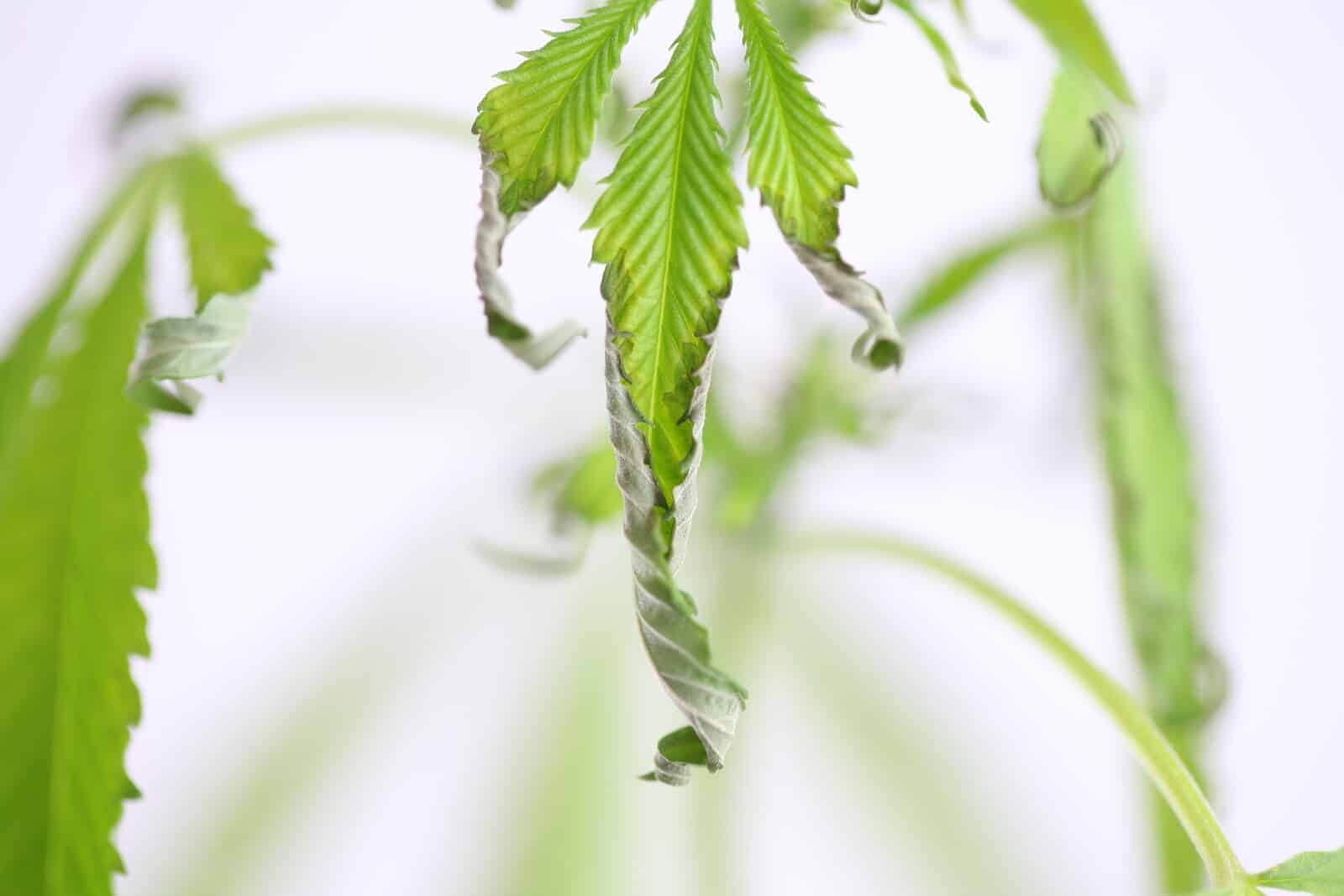






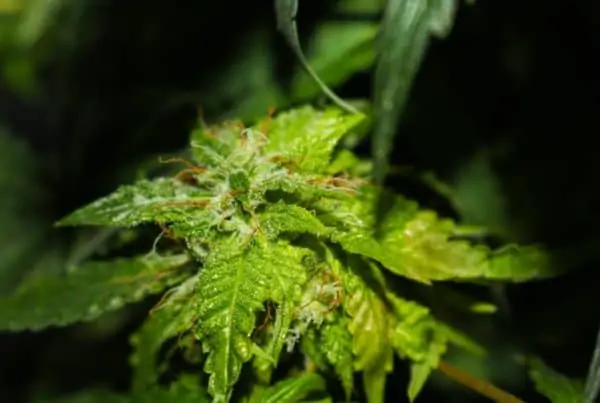
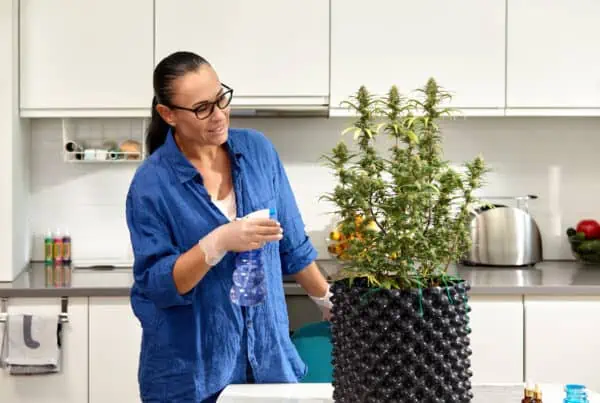

 Jeff was involved in an accident where he endured a traumatic brain injury. He had a week-long stay in ICU where brain surgeons
Jeff was involved in an accident where he endured a traumatic brain injury. He had a week-long stay in ICU where brain surgeons  100% risk free money back guarantee within 48 hours after purchase if student has not completed any of the courses or exams.
100% risk free money back guarantee within 48 hours after purchase if student has not completed any of the courses or exams.